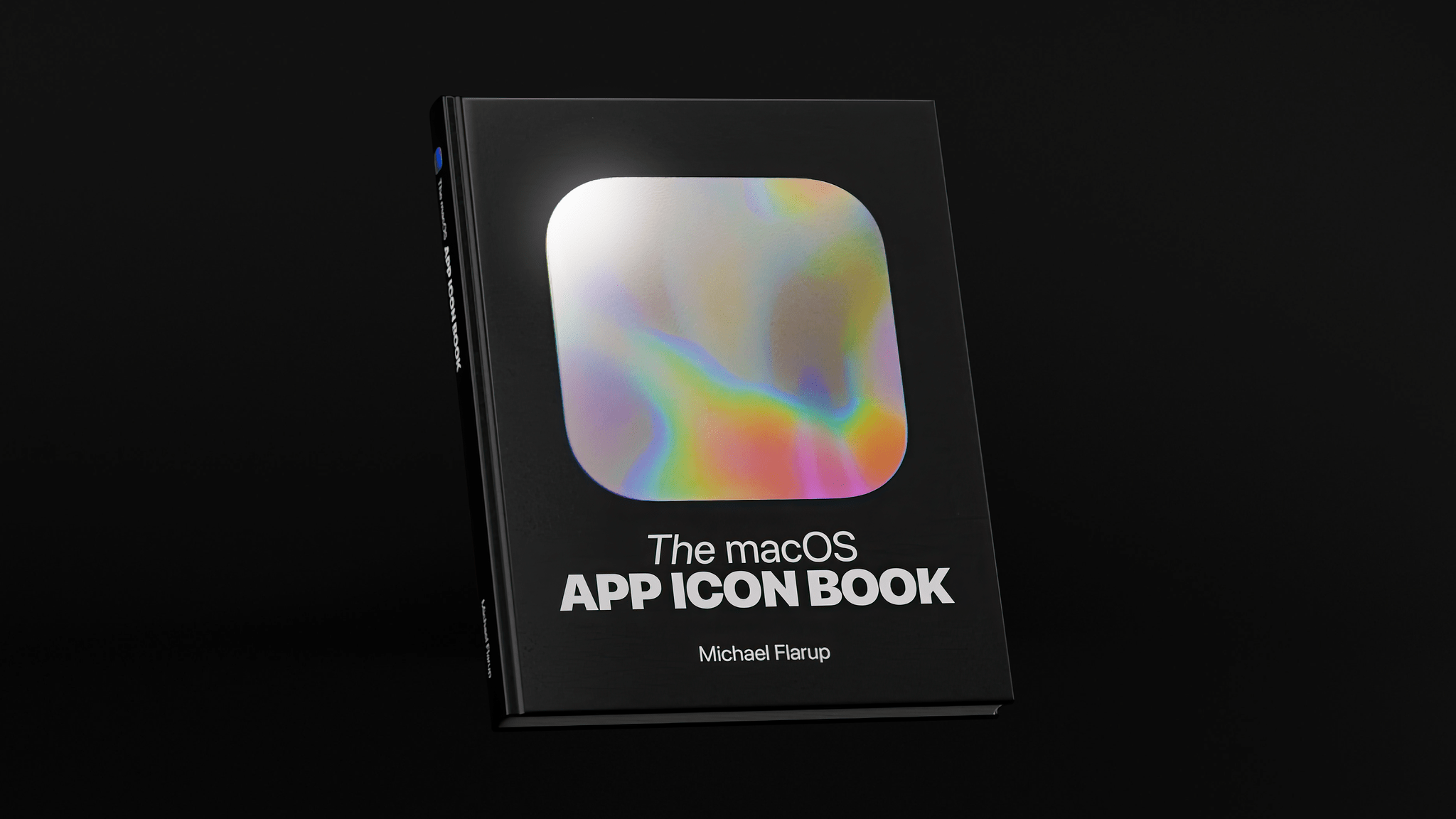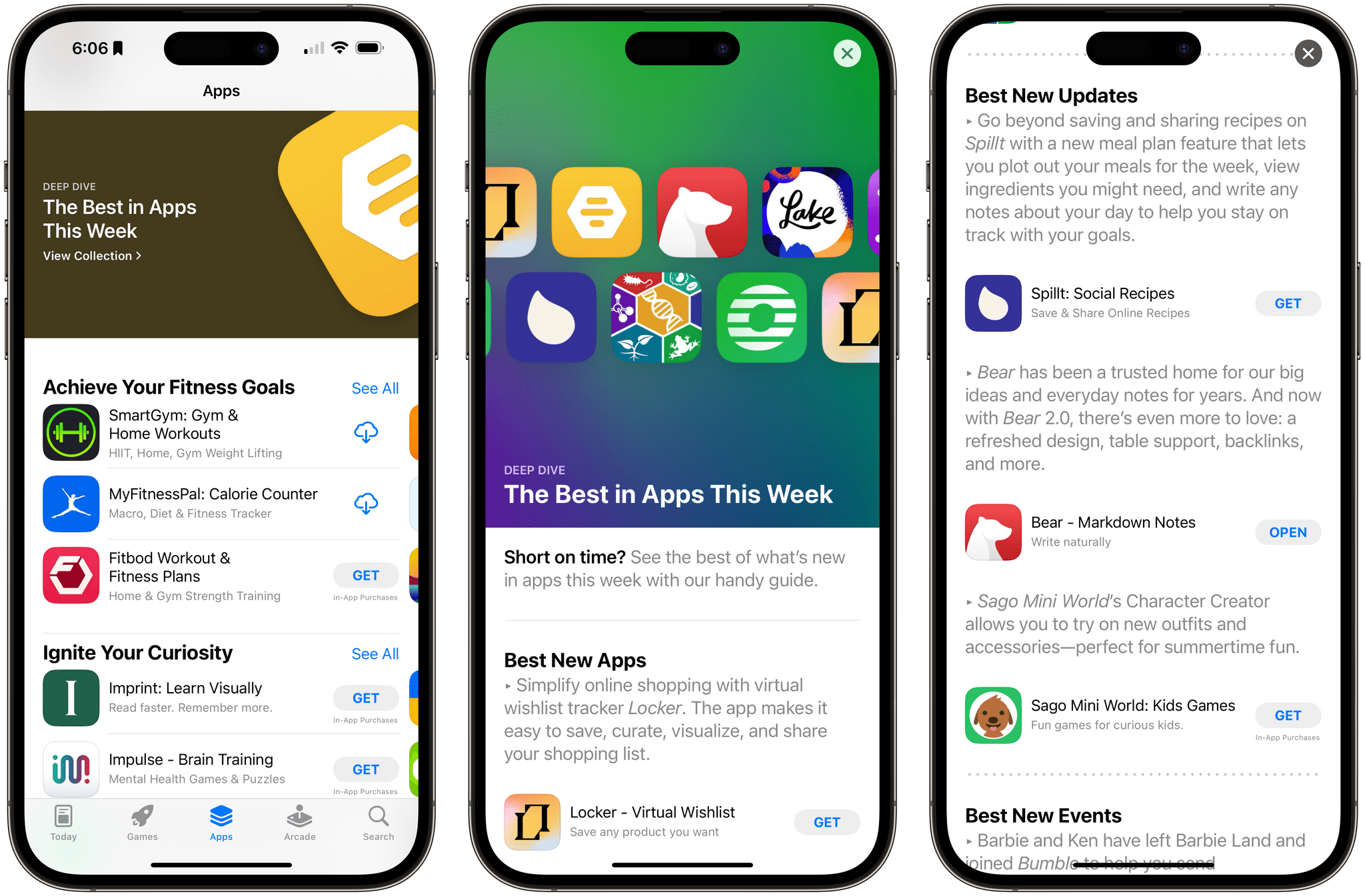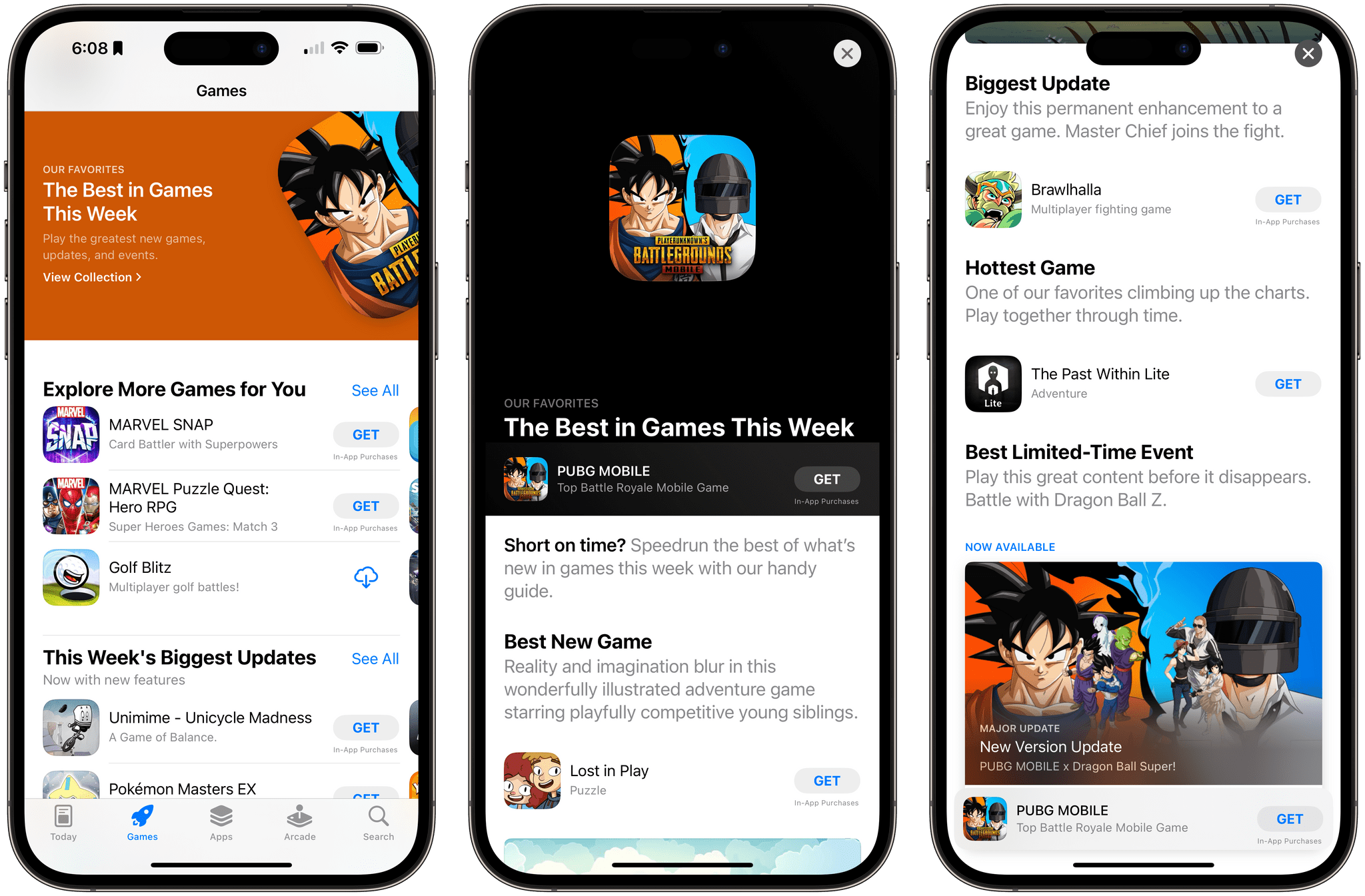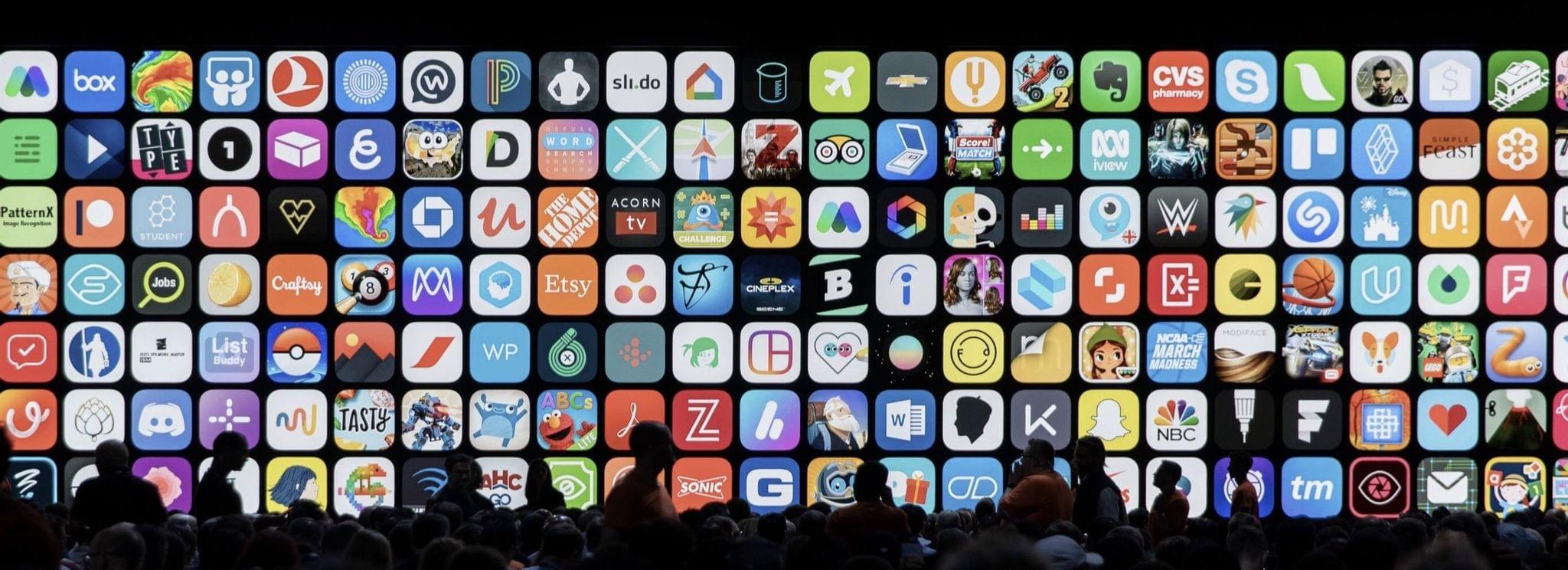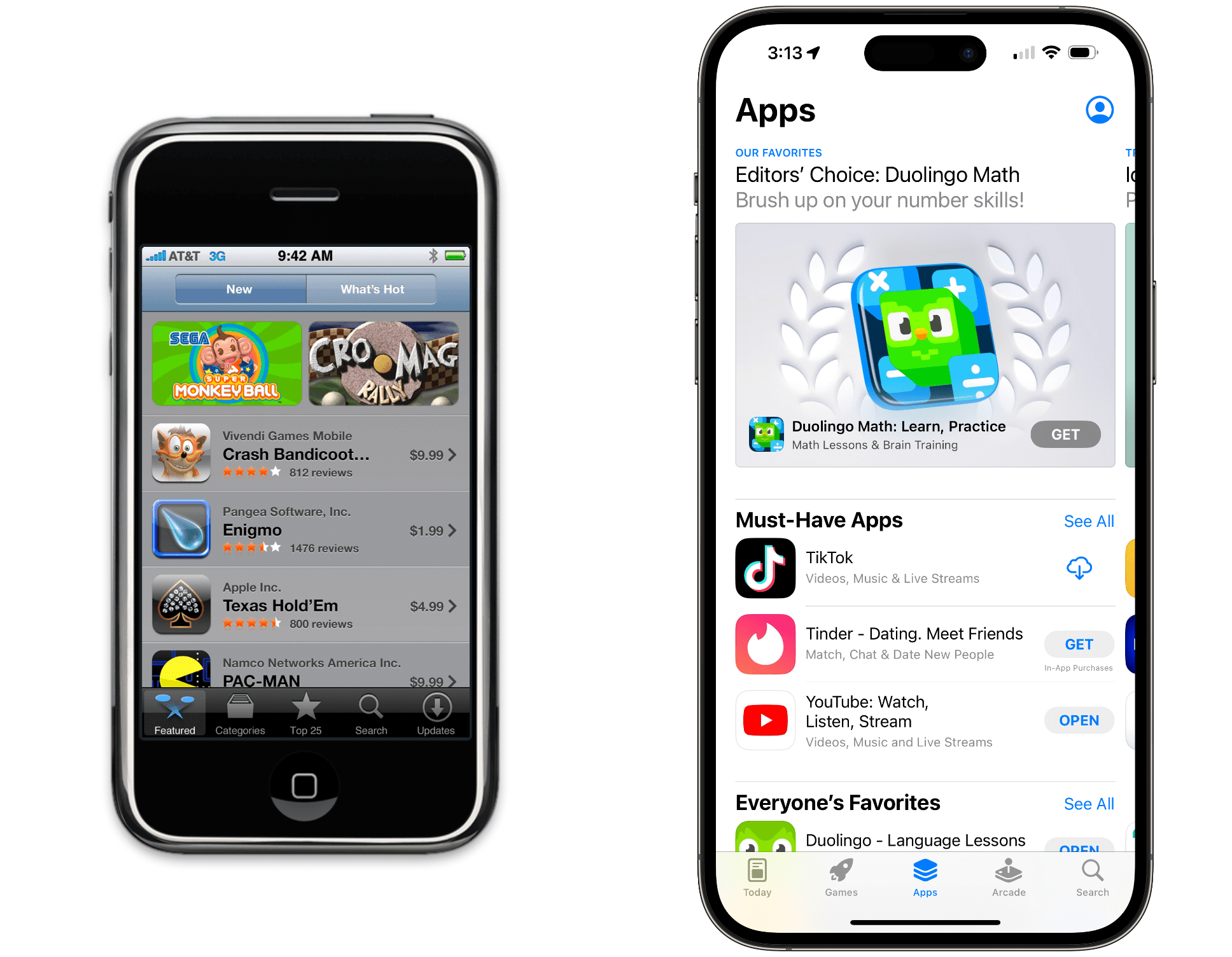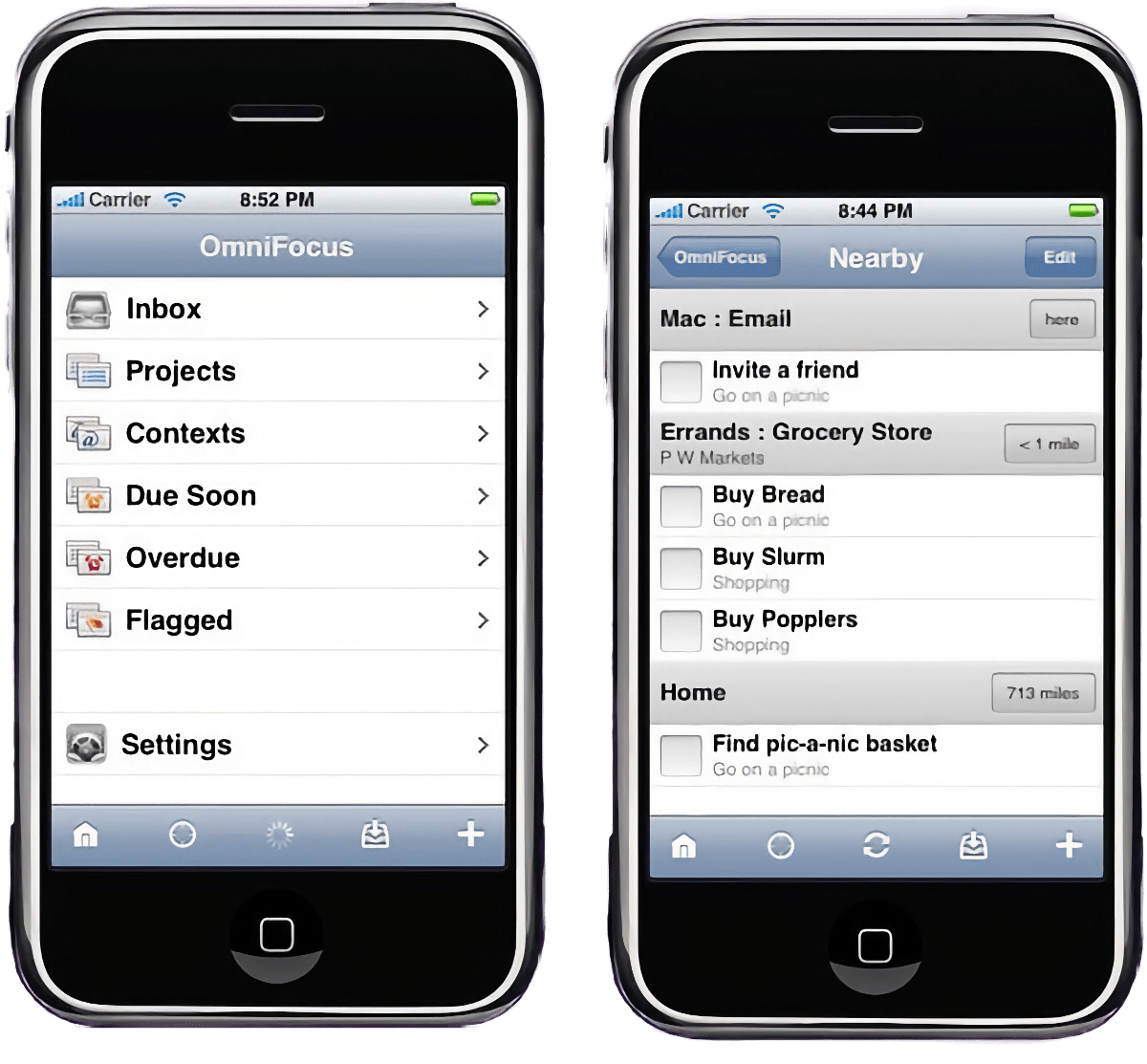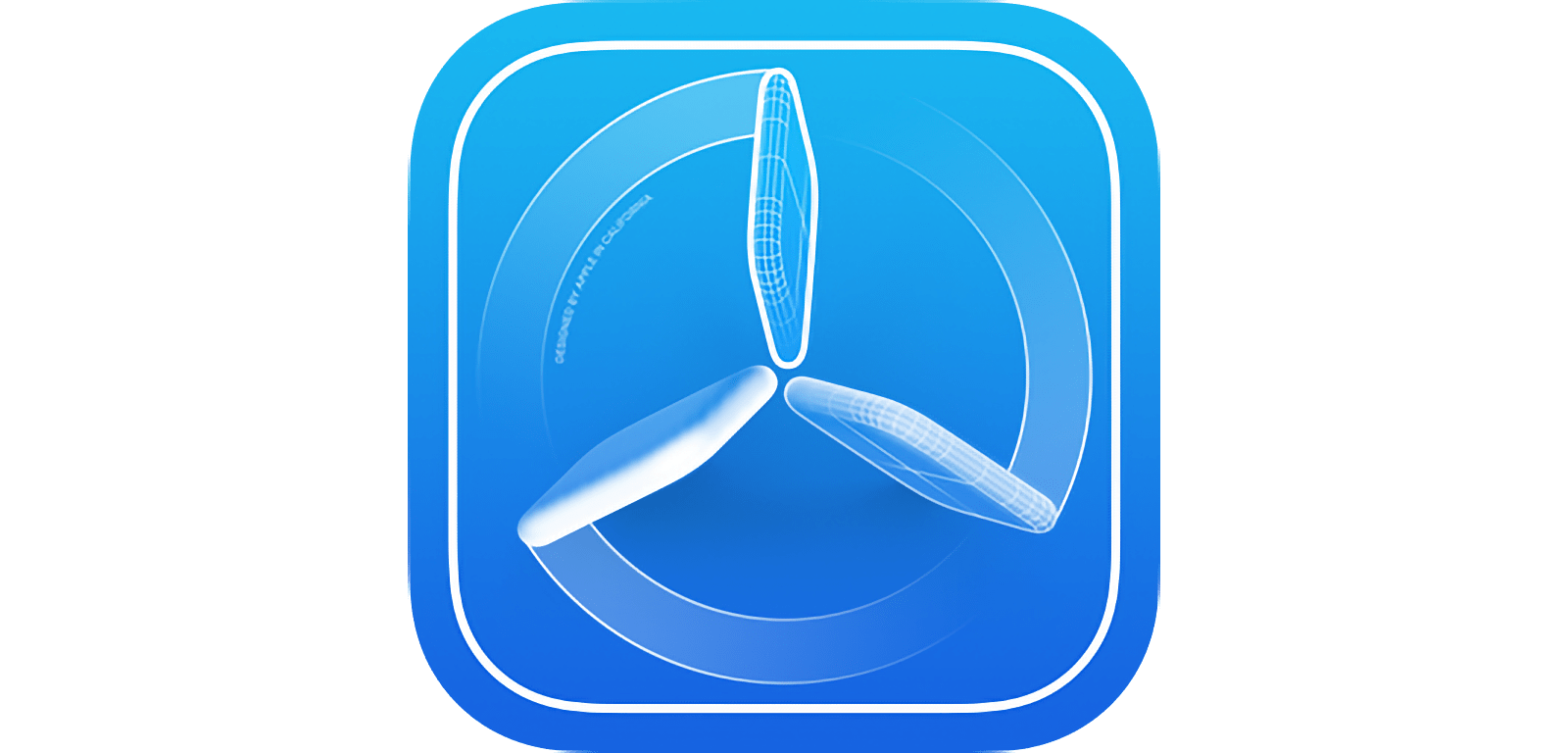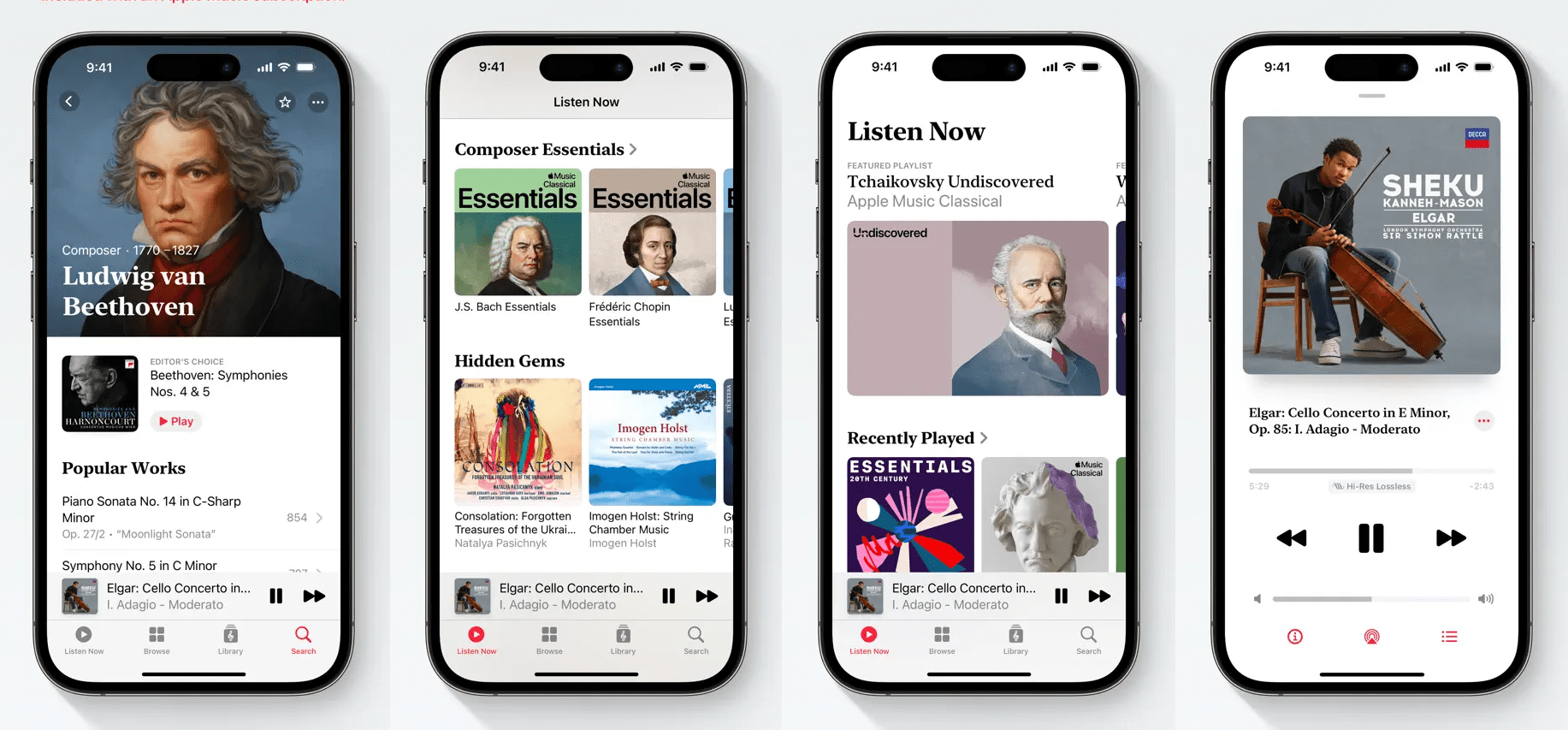Two pieces of mobile gaming news caught my eye this morning.
The first was an interview that Phil Spencer, CEO of Microsoft Gaming, gave to the Financial Times. The annual Game Developer Conference began today, and Spencer wants developers to know that Microsoft intends to publish games on mobile devices:
We want to be in a position to offer Xbox and content from both us and our third-party partners across any screen where somebody would want to play.
He continued:
Today, we can’t do that on mobile devices but we want to build towards a world that we think will be coming where those devices are opened up.
Spencer is banking that the EU’s Digital Markets Act will force Apple and Google to open up their devices early next year. Microsoft is having troubles of its own with US, UK, and EU regulators over its proposed acquisition of Activision Blizzard. Part of Spencer’s strategy to win regulators over appears to be the prospect of bringing competition to mobile gaming with its own store and a native Game Pass app that isn’t relegated to streaming via a browser, which is the case for it and services like NVIDIA’s GeForce Now under current App Store rules.
The second piece of news comes from Netflix, which says it has 40 mobile games coming to iOS in 2023, which will join the 55 already available. Working within the constraints of the App Store’s guidelines, Netflix’s games are released as separate App Store downloads that Netflix subscribers can download and play at no additional cost. I’ve been impressed with the quality of the games released by Netflix, which include titles like TMNT: Shredder’s Revenge, Kentucky Route Zero,Reigns: Three Kingdoms, Oxenfree, and Lucky Luna.
However, perhaps even bigger than the news of Netflix’s growing catalog is that the first two Monument Valley games are coming to the company’s mobile game catalog in 2024. That’s a big deal because both games are currently part of an Apple Arcade subscription, as well as being available as separate App Store purchases. It’s not clear whether the games will remain part of Arcade after they’re published by Netflix, but even if they are, it will provide another avenue to play the games at no additional cost, which will dilute the value of an Arcade subscription.
Microsoft and Netflix are already competing with Apple in mobile gaming to a degree, but their hands are tied by App Store guidelines. Microsoft has settled on streaming games, which is clunky and constrained, while Netflix has launched dozens of individual games without a good way to organize and market them under their brand.
What Microsoft and Netflix have done so far demonstrates that a little competition is a good thing. Developers have more avenues for publishing their games, and consumers have more choices. The Digital Markets Act has the potential to be the catalyst that opens the door to competition even wider, which I expect will create all sorts of new opportunities for developers and consumers alike.


